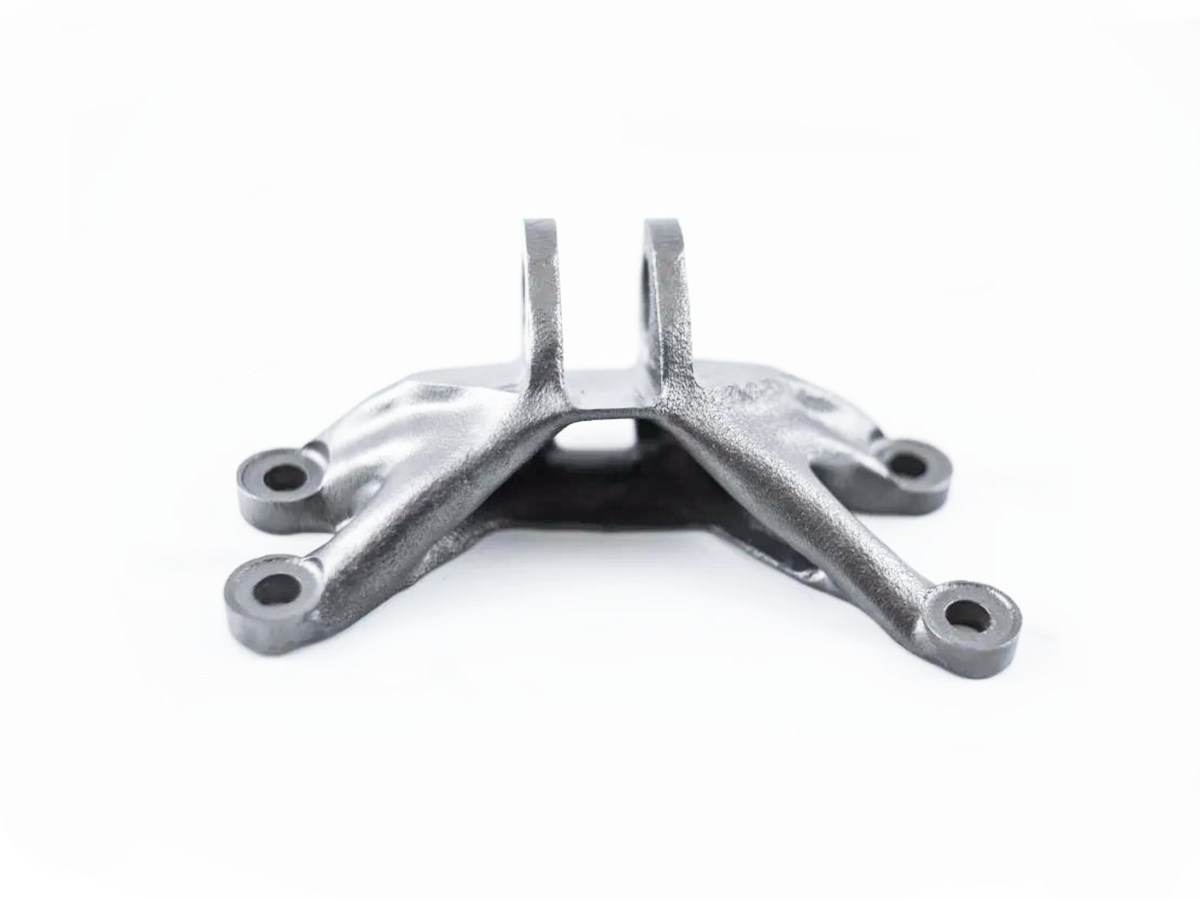How can I quickly define safe initial machining parameters for a new stainless steel grade?
Defining safe and effective initial machining parameters for an unfamiliar stainless steel grade is a critical engineering task that strikes a balance between aggression and caution. A haphazard approach risks tool destruction, work hardening, and scrapped parts. A systematic, data-informed strategy enables you to quickly establish a stable and productive process. Here is a step-by-step methodology used by our process engineers at Neway to rapidly and safely dial in new materials.
1. Establish a Material Baseline Through Categorization
Your first step is to classify the new alloy into a known family and understand its key characteristics.
Identify the Family: Determine if it is Austenitic (e.g., 300-series), Martensitic (e.g., 400-series), Ferritic, Duplex, or Precipitation-Hardening (PH). This immediately informs you about its expected behavior: Austenitics work-harden rapidly, Martensitics can be abrasive, and Duplex steels are tough and strong.
Research Key Properties: Quickly look up or calculate its ultimate tensile strength (UTS), yield strength, and hardness. Compare these values to a known benchmark. For example, if the new grade has a UTS 20% higher than SUS304, expect to need more power and lower speeds.
Check for Intentional Additives: Determine if it's a "free-machining" grade. Grades like SUS303 contain sulfur or selenium, which can be aggressively machined. If it's not a free-machining grade, assume it's gummier and more prone to built-up edge.
2. Calculate Conservative Starting Parameters
Use the baseline to calculate safe starting points, erring on the side of caution.
Surface Speed (SFM - Surface Feet per Minute):
Benchmark Method: Start with a known SFM for a similar grade and adjust. If your benchmark for 304 is 250 SFM for roughing, and the new grade is 15% stronger, start at ~215 SFM (250 * 0.85).
Rule of Thumb: For an unknown austenitic or duplex steel, a very safe starting SFM is 150-200 for roughing and 200-250 for finishing. For martensitic steels like SUS420, start lower, around 100-150 SFM.
Chip Load (IPT - Inches per Tooth):
Avoid Rubbing: The biggest mistake is a chip load that is too small. This causes rubbing and instant work hardening. Start with a conservative but definitive chip load, e.g., 0.001-0.002 IPT for a 1/2" end mill.
Prioritize Feed over Speed: It is safer to run a slightly low speed with a good, aggressive feed than a high speed with a low feed.
Depth of Cut:
Axial Depth of Cut (Ap): For the first test, use a light depth, such as 0.5 x the cutter diameter, to minimize tool pressure and deflection.
Radial Depth of Cut (Ae): Use a conservative stepover. For roughing, start with 40-50% of the tool diameter. For finishing, use 10-20%.
3. Execute a Structured "Test and Observe" Protocol
The first cut provides invaluable data. Your goal is to observe and adjust systematically.
Tool Selection: Use a sharp, new, uncoated, or TiCN/TiAlN-coated carbide tool. A positive rake geometry is preferable for shearing over pushing.
Make an Initial Cut: Run the conservative parameters you calculated for a short duration (10-15 seconds of cutting time).
Observe the Chip: This is your primary diagnostic tool.
Goal: A tightly curled, warm-to-the-touch chip. The color should be straw or tan. A blue chip indicates excessive heat; a silver, straight chip indicates too low a feed.
Action: If the chip is blue, reduce SFM and/or increase coolant. If the chip is silver and stringy, increase the feed rate (IPT) immediately.
Listen to the Cut: A smooth, consistent sound is ideal. A screeching or chattering sound indicates vibration – this often requires an increase in feed rate or a decrease in radial depth of cut to change the harmonic frequency.
Inspect the Tool and Surface: After the test, stop and inspect.
Built-Up Edge (BUE): Material welded to the cutting edge means the speed is too low or the feed is too high for the material's gumminess. Increase SFM.
Excessive Flank Wear: Rapid wear indicates the SFM is too high or the material is highly abrasive. Reduce SFM.
Work-Hardened Surface: If the machined surface is excessively hard and glassy, the feed rate was too low, causing rubbing. Increase IPT on the next pass.
4. Refine and Document the Process
Based on your observations, make one change at a time and re-test.
Adjust Systematically: Change only one parameter (SFM, IPT, Ap, or Ae) between tests to isolate its effect.
Climb the Ladder: Once you achieve a stable cut with good chips and acceptable tool wear, you can begin to cautiously increase parameters to optimize for material removal rate or tool life.
Leverage Manufacturer Data: Cross-reference your findings with technical datasheets from material suppliers like our Stainless Steel CNC Machining resource pages, which often provide a validated starting point for common grades.
Conclusion: A Methodical Approach for Predictable Results
Quickly defining safe parameters is not about guessing; it's about informed estimation followed by disciplined, observational experimentation. By categorizing the material, starting with conservative calculations, and using chip formation as your primary guide, you can efficiently and safely establish a robust machining process for any new stainless steel grade, minimizing risk and ensuring a successful production run.



